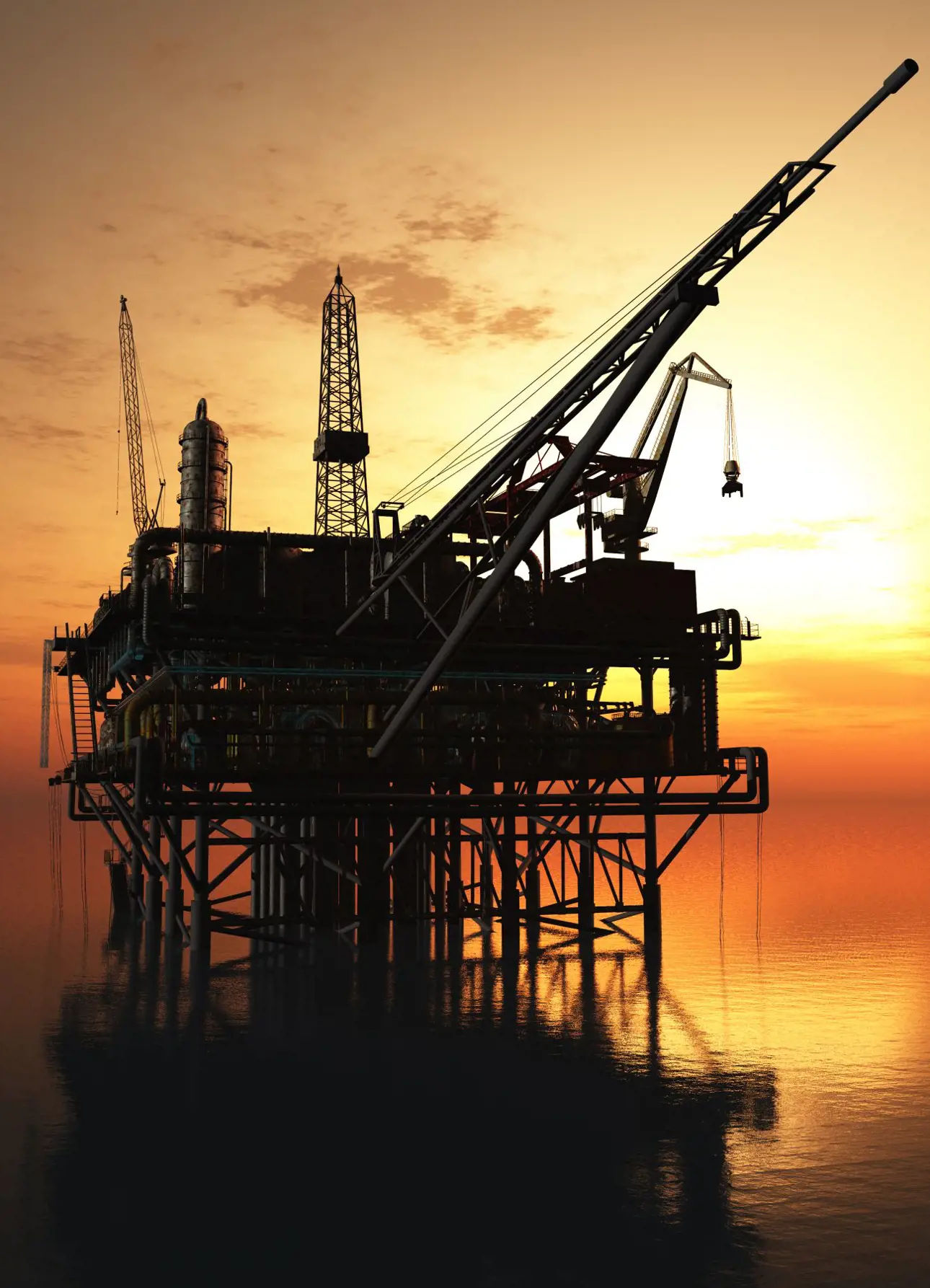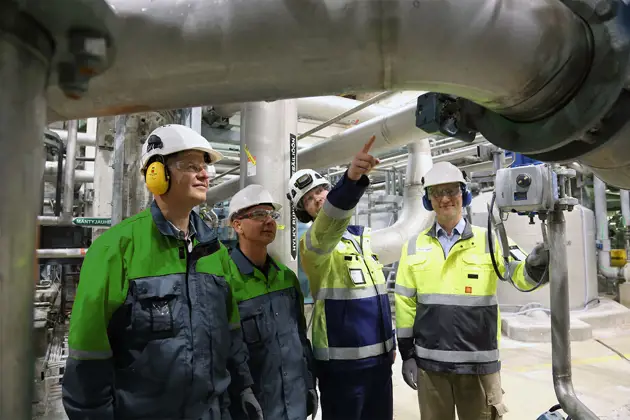Oil and gas production involves great deal of risks that need to be addressed to perfection in order for production units to be safe for employees, surrounding population and vulnerable nature. This has been valid always, but even more today as easily extractable reserves are expended and oil is obtained from more challenging locations.
In some cases this means extreme environmental conditions and adoption of new technologies as drilling goes deeper than before. These factors all increase risks related to the operation and companies need to keep tight control of quality and safety standards as a part of the operational culture.
Offshore production challenges
Offshore drilling is nothing new. It has been done for a long time, but now when the crude oil price has increased and more robust technological solutions have developed, activities to increase offshore production have as well increased. The best known locations for offshore production are the four big production areas of the North Sea, Mexican Gulf, Middle East and South East Asia. These areas are investing to new field developments all the time, but also ‘new’ development areas for offshore production have become very active in this game, mainly on the west coast of Africa and Brazil. In Brazil especially, new technology and higher oil prices have opened doors to start production plans for very deep pre-salt oil fields with extremely high expectations.
At the same time as off-shore oil and the gas industry is moving to new territories and more challenging environments, we are seeing experienced operating people retiring and in certain areas there seems to be a lack of young people entering the demanding off-shore profession. Additionally it is recognized by many in the business that there is miss-match between graduating students and industry demands. Also, there is no school education which compensates for experience, it comes only through hard work and when facing challenging situations during daily activities.
Role of valve and automation technologies
How can a valve company contribute to the challenges faced by the off-shore industry? The simple answer would be to tailor our offering to match the need of even more extreme conditions than our products face in the production units. Wellhead valves to withstand higher pressures, subsea valves with nearly maintenance free operation and generally, all valve components optimized for weight, which cannot be excessive. Remote location is an additional challenge as well. Maintenance optimization becomes more important since platforms are not designed to carry general spare parts for valve components. Only critical spare parts can be stored on a platform and maintenance staff visits need to be limited because of personnel capacity restrictions. Finally, products selected for the platform operation should be such that they provide best total cost of ownership value for the operator.
To be truly able to help the oil producers, the evolution of the valves must go beyond the self evident tweaking of valve designs, we need to focus not only on the closing element but also the surrounding automation. Automation can bring new possibilities related to valve operation and maintenance. When combining information from several sources, automation can provide information in the form that enables easier decision making and allows staff to concentrate to real process optimization rather than data mining from different information sources.
Written by Juha Yli-Petäys
Text originally published in 2012, and slightly updated in April 2022, due to the company name change to Valmet.
Related posts:
Safe offshore production – part 2: converting data into valuable information
Safe offshore production – part 3: processing information

